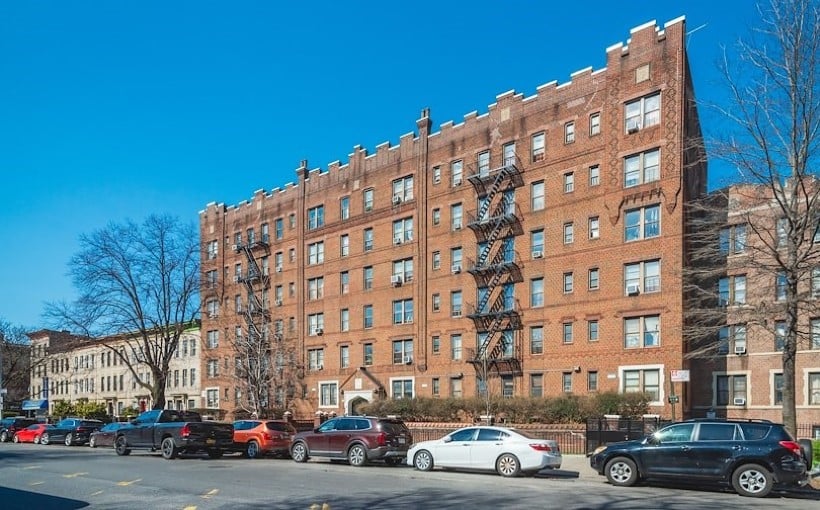The pre-leasing season for the 2024-2025 college/university school year has been underway for several months, with strong occupancy rates reported by research firms RealPage Analytics and Yardi Matrix. However, both reports note a slowdown in pace compared to previous years.
RealPage, which analyzes data from 175 core universities, reported a pre-lease rate of 78.6% as of May 2024 – slightly lower than the same time last year (80.3%). The experts at RealPage also pointed out that this rate is below the May 2022 pre-lease rate for Fall 2023 (79.5%).
Among these universities, about fifteen have achieved or exceeded a pre-leasing occupancy of over ninety percent – including institutions such as University of Mississippi and Virginia Tech which are known to lease up quickly.
On the other hand, Yardi Matrix tracks beds at two hundred universities and recorded an overall pre-leasing rate of eighty percent in May – similar to last year’s numbers but with a noticeable slowing trend in recent months.
In terms of rent growth during this period, both Yardi Matrix and RealPage report an increase from last year’s figures. According to Yardi Matrix analysts average rent per bed stood at $897 in May – marking a new high with an increase by five point three percent from previous years’ figures; while Realpage reports four point eight percent growth which is considered low compared to previous seasons but some schools like University Tennessee saw double-digit growth rates reaching twenty-five percent followed by Purdue University and Kentucky who saw ten plus percentage points respectively.
Looking ahead towards summer leasing trends , there are differing opinions between these two firms: While Realpage expects around five-percent jump month-over-month based on past summers’ performance; Yardi matrix believes that processing delays related Federal Student Aid applications could hinder leasing momentum especially among those relying on incoming freshmen students filling remaining vacancies over summer months.
The Yardi Matrix analysts also note that there has been a ten percent decrease in the number of high school seniors who have completed FAFSA forms compared to last year, which could potentially impact enrollment growth among lower-income students and community colleges.




